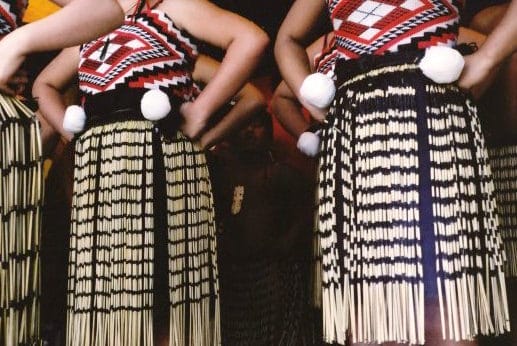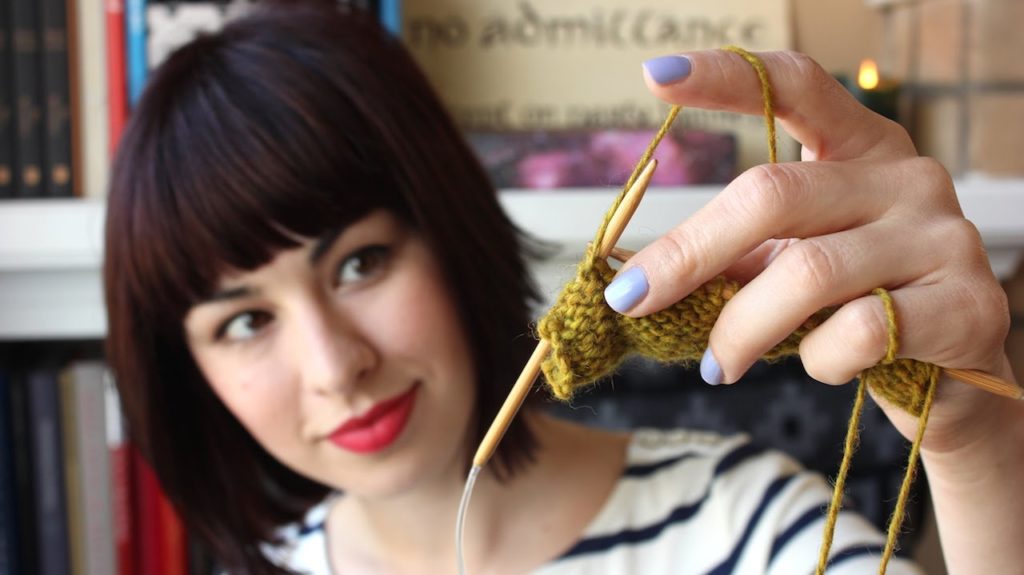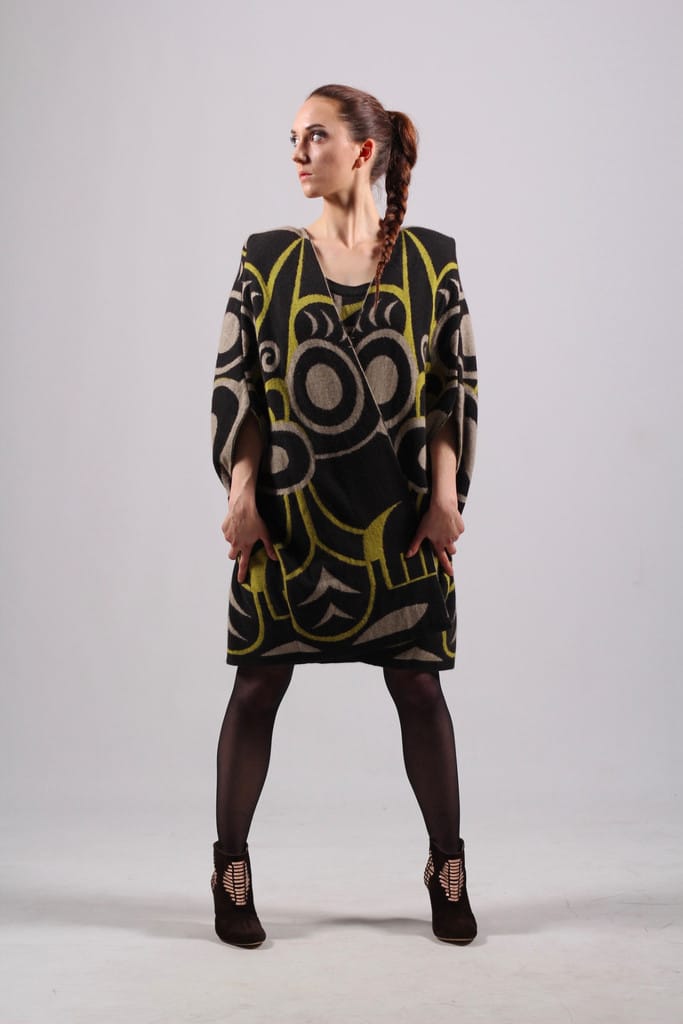
NZ Inspired: Piupiu Fringe
One of the things I love most about textiles is that every culture on the planet has something to contribute to the conversation. When I

One of the things I love most about textiles is that every culture on the planet has something to contribute to the conversation. When I

Hi everyone! Time for another installment of Ria + June. The first post about knitting methods covered in Principles of Knitting discussed all the right

Last year the very same fibers used to make Zealana Air Lace and Air Chunky made their runway debut. Footwear designer Maree MacLean debuted a
P.O. Box 106
Hastings, VIC, 3915
Australia
Tel: +61 3 5979 1555
Fax: +61 3 5979 1544
© 2025 Zealana | All Rights Reserved | Terms of Business | Privacy Policy | Developed by MRD Web + Digital Marketing